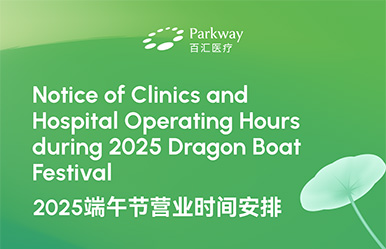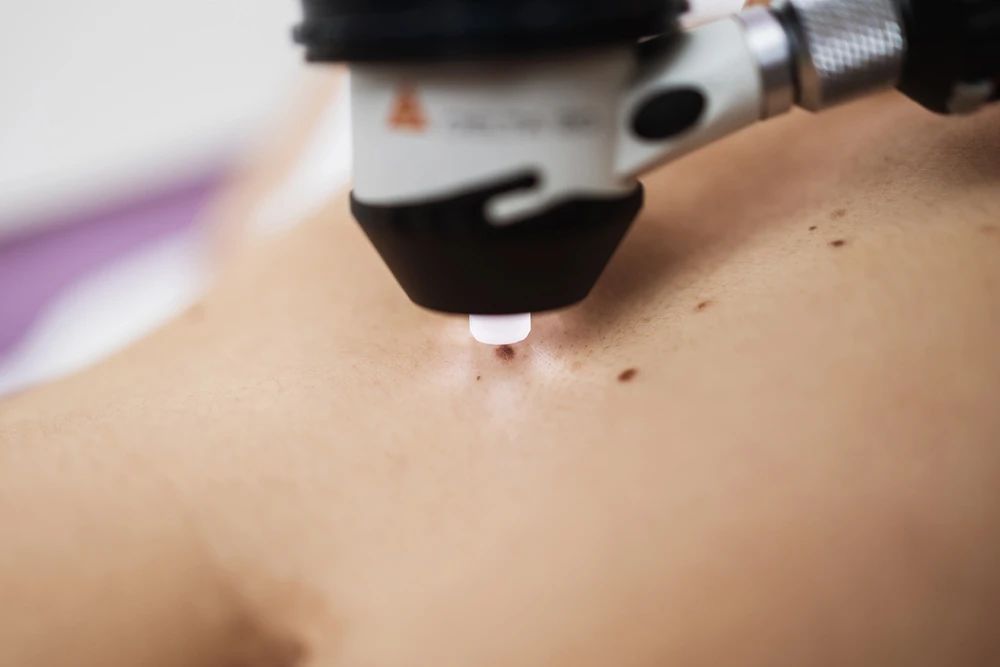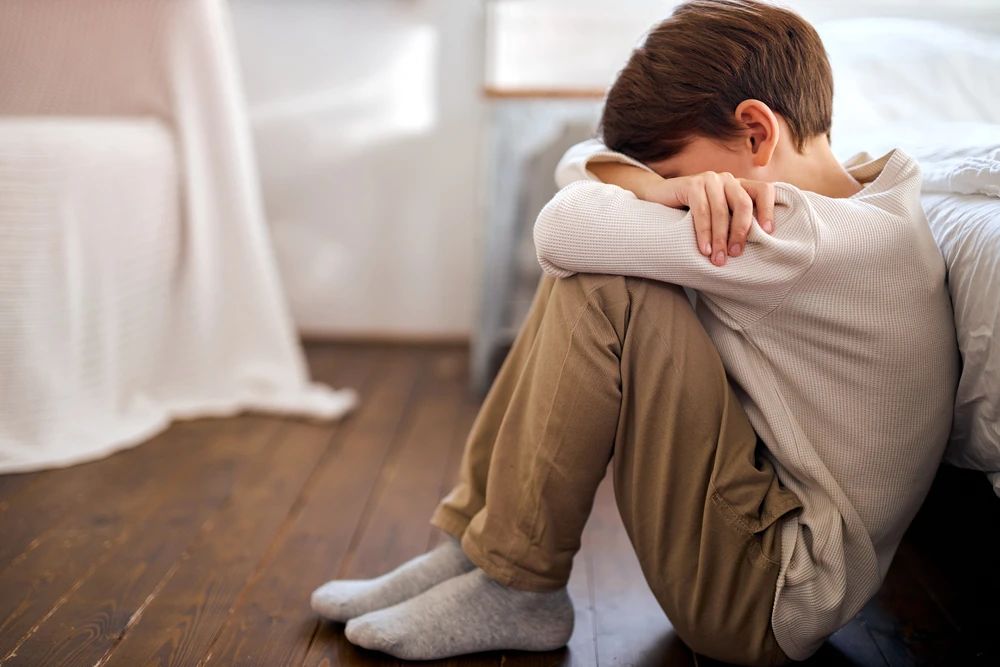Understanding Sprains, Strains and Other Joint Injuries
2020-12-17
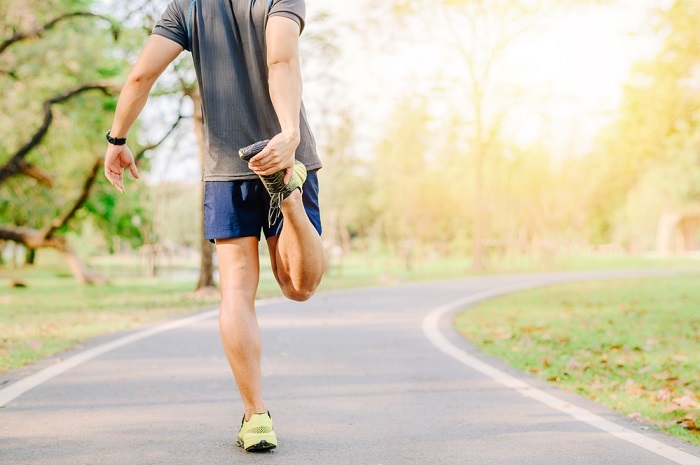
Staying fit and active can be a challenge when injury strikes. Learn about these common sports injuries and what you (or your doctor) can do about them.
Most people lead an active lifestyle to stay healthy, but sometimes our favorite sport can lead to injuries in our joints and connective tissues like the tendons and ligaments.
Sports that cause the most injuries are jogging/running, basketball, football, cycling and soccer. Collectively, strains and sprains are the most common injuries. However, in some cases, ligament or muscle tears can lead to significant disability.
Understanding Your Injury
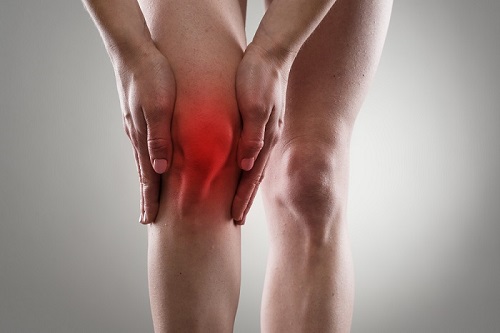
Sprains and strains can affect our tendons, ligaments or muscles.
A sprain usually occurs when a ligament is stretched, twisted or torn. A strain happens when muscles are stretched or torn and is commonly referred to as ‘pulling a muscle’. They present with similar symptoms such as pain, swelling, bruising, tenderness, and difficulty moving the affected area.
While we often hear about serious injuries in professional athletes, the truth is we are all susceptible to similar injuries while playing sports.
This can often be attributed to insufficient warm-up, poor technique, trauma, or by trying something that’s too advanced for us. Sometimes, pushing ourselves past our limits, playing high-impact or contact sports or repeating a particular motion too many times can also lead to injury.
Sports injuries can have long-term consequences. Researchers found that young adults who had knee injuries were 6 times more likely to suffer osteoarthritis in the knee when they get older.
Here’s a quick overview of common sports injuries:
- Shoulder pain – common in games that require frequent bowling or throwing motion such as baseball, causing the tendons around the shoulder to become inflamed (tendinitis) or torn.
- Golfer’s and tennis elbow – the muscles and tendons around the elbow joint become inflamed through repetitive movement of the muscles in the forearm. In tennis elbow, there is pain around the outside of the elbow; in golfer’s elbow the pain is on the inside of the elbow.
- Knee ligament injuries – these include several distinct types. An anterior cruciate ligament (ACL) tear can happen when you change direction abruptly, stop suddenly, or land awkwardly. This leads to pain, instability, swelling and limited range of movement. Injury to the posterior cruciate ligament (PCL) is often caused by situations where the shinbone is hit hard just below the knee or falling heavily on a bent knee. Others include injuries to the collateral ligaments which run along the sides of the knee; injury is usually caused by a strong blow to the side of the knee which can cause the knee to over-extend or bend in an unnatural direction.
- Another common knee injury is a torn meniscus, caused by forceful twists or rotations to the knee that lead to restricted knee movement with knee pain and swelling.
- Jumper’s knee (patellar tendonitis) – activities that involve frequent jumping and landing on hard surfaces can cause inflammation of your patellar tendon. This connects the kneecap (patella) to your shin bone (tibia). Jumper’s knee weakens your tendon, and if untreated, can lead to tears in your tendon.
- Runner’s knee (patellofemoral pain syndrome) – there is dull pain around the front of the knee. This may be caused by a structural defect, or due to overuse. Other causes include weak or unbalanced thigh muscles, or problems with your feet.
- Hamstring injury – affects the tendons or large muscles at the back of the thigh. Injury can range from a mild muscle pull to a complete muscle tear.
- Lower back (lumbar) strain – sports that involve pushing, pulling and/or twisting of the lower back, such as golf and weightlifting, can injure the tendons and muscles in the area.
- Achilles tendon injury – more likely to happen when performing sports or activities that lead to a sudden increase in stress on your Achilles tendon. Common examples include increasing the intensity of sports participation especially sports that involve jumping, falling from height or stepping into a hole.
Treatment of Sports Injuries
Sports injuries are initially managed with the RICE method:
• Rest to prevent further injury
• I ce to reduce swelling and pain
• Compress to reduce swelling and promote healing
• Elevate the injured area above heart level to reduce swelling and pain
The use of anti-inflammatory painkillers may help to ease the pain during the healing process and should be used with advice from a doctor. Using painkillers merely to suppress the pain, without allowing healing, could make the injury worse.
Injuries such as a torn ligament, require treatment which can range from a sling or brace, to surgical repair or reconstruction. To determine the extent of your injury, your doctor may order an x-ray, or advanced imaging such as an MRI scan to identify the nature of your injury and determine the most effective treatment plan for it.
An orthopedic specialist, who is trained to diagnose and treat musculoskeletal conditions, is well-suited to help with sports-related injuries to the joints, tendons, and ligaments, while a physiotherapist is essential for recovering muscle strength and range of movement.
Minimally invasive Options
If surgical intervention is needed, this is usually performed through small keyhole incisions. In arthroscopy, a narrow tube attached to a fiber-optic video camera is inserted through a small incision the size of a buttonhole. The view inside the joint is transmitted to a high-definition video monitor.
Because of the minimally invasive nature, patients can usually go home on the same day, with advice on caring for the sutures and painkillers for residual pain, if needed.
Prevention Is Better Than Cure
As with any form of sports injury, don’t take it lightly or attempt to ignore it while carrying on with your daily activities.
Above all, don’t try to continue with the sport that caused the injury to begin with! Doing so can worsen the injury, which will see you require more extensive treatment and a longer recovery time.
Try to reduce your risk for sports-related injuries with proper warm-up before you begin and, should you be trying a new sport, start slowly and progress in small steps to avoid unnecessary strain. Being mindful of your posture and using the appropriate form or technique will also help.
If you suspect you have a sports-related injury, whether it’s a recent occurrence or pain that’s been troubling you for some time, speak to an orthopedic specialist for advice.
Lastly, should you experience sudden and severe pain after playing sports, seek medical attention immediately at your nearest Accident & Emergency department.
Article reviewed by Dr. David Jiang, Orthopedic Surgeon at ParkwayHealth

Copyright: Health Plus an online health and wellness web resource developed by Parkway Singapore
References:
1. (5 January 2018). Sports Injuries by the Numbers. Retrieved on 12 June 2020 from https://www.mountelizabeth.com.sg/healthplus/article/sports-injuries-by-the-numbers#content
2. (31 March 2020) Sports Injuries: Overview. Retrieved on 12 June 2020 from https://www.nhs.uk/conditions/sports-injuries/
3. (16 February 2020) Knee injuries in adults can lead to arthritis. Retrieved on12 June 2020 from https://www.straitstimes.com/sport/knee-injuries-in-adults-can-lead-to-arthritis
4. (16 August 2019) What is an Achilles Tendon Injury?. Retrieved on 15 June 2020 from https://www.webmd.com/fitness-exercise/guide/achilles-tendon-injury#1
5. (31 October 2019) Tendons and ligaments: What is the difference?. Retrieved on 12 June 2020 from https://www.medicalnewstoday.com/articles/326858
6. (31 March 2020) Sports Injuries: Examples. Retrieved on 12 June 2020 from https://www.nhs.uk/conditions/sports-injuries/types/
7. 9 October 2019. Posterior cruciate ligament injury. Retrieved on 16 June 2020 from https://www.mayoclinic.org/diseases-conditions/pcl-injury/symptoms-causes/syc-20354855
8. (24 December 2018) MCL Injury: What to Know. Retrieved on 16 June 2020 from https://www.webmd.com/pain-management/knee-pain/mcl-injury-what-to-know#1
9. (15 November 2019) Torn Meniscus. Retrieved on 16 June 2020 from https://www.mayoclinic.org/diseases-conditions/torn-meniscus/symptoms-causes/syc-20354818
10. (30 July 2018) Hamstring injury. Retrieved 15 June 2020 from https://www.nhs.uk/conditions/hamstring-injury/
11. (n.d.) Sports Injuries. Retrieved on 12 June 2020 from https://www.hopkinsmedicine.org/health/conditions-and-diseases/sports-injuries
12. (21 November 2017) What you need to know about PRP. Retrieved on 15 June 2020 from https://www.nhs.uk/conditions/sports-injuries/types/
13. (16 August 2018) Arthroscopy. Retrieved on 11 June 2020 from https://www.mayoclinic.org/tests-procedures/arthroscopy/about/pac-20392974
14. (May 2010) Arthroscopy. Retrieved on 11 June 2020 from https://orthoinfo.aaos.org/ens/treatment/arthroscopy/








